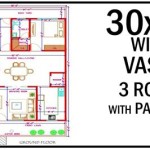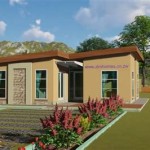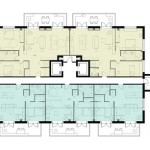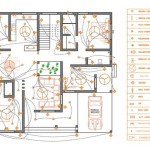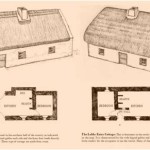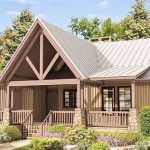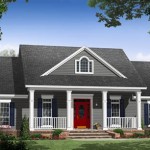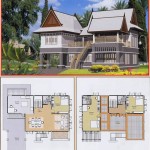Essential Aspects of Low Income Housing Floor Plans
Low income housing faces numerous challenges in providing comfortable and affordable housing options. By understanding key aspects of low income housing floor plans, architects can design spaces that meet the unique needs of this population.
Compact and Efficient Layouts
Low income housing often mandates efficient use of space. Small units require compact layouts that maximize functionality without compromising livability. Kitchen and bathroom areas should be well-designed to provide basic amenities in limited square footage.
Natural Light and Ventilation
Adequate natural light and ventilation are crucial for low income housing. Incorporating windows and skylights allows for passive daylighting, reducing energy consumption. Good ventilation prevents moisture buildup and improves air quality.
Accessible Design
Many low income housing residents have disabilities or limited mobility. Accessible design elements, such as wide doorways, ramps, and accessible cabinetry, ensure functionality for all tenants.
Flexible Spaces
Flexibility in floor plans allows low income housing to adapt to different tenant needs over time. Multi-purpose spaces, such as rooms that can be used as a bedroom or study, provide adaptability and maximize space utilization.
Outdoor Spaces
Outdoor spaces offer respite and well-being for low income housing residents. Balconies, patios, or community gardens not only provide fresh air but also foster a sense of community.
Accessibility to Amenities
Low income housing should be located near essential amenities such as public transportation, grocery stores, and healthcare centers. Accessibility ensures tenants can easily access vital services.
Energy Efficiency
Energy efficiency is crucial for low income housing. Incorporating energy-efficient appliances, insulation, and lighting systems reduces utility bills and improves overall affordability for tenants.
Safety and Security
Creating safe and secure housing is paramount. Adequate lighting, secure entrances, and emergency exits ensure tenants' safety and peace of mind.
Conclusion
Low income housing floor plans require careful consideration of space efficiency, accessibility, and affordability. By incorporating these essential aspects into their designs, architects can create dignified and functional living spaces that improve the well-being of low income communities.

Plan 1092 National Affordable Housing Network

Low Income Senior Apartments One Bedroom House Plans Housing

This Is Our Third Floor Plan For Low Cost Apartments Located In La Quinta Ca Aren T These Sweet Ho Housing Plans Apartment Layout
Floor Plan Of A Typical Low Income House Scientific Diagram

Ground Floor Plan Of Low Income Block Flats Resource The Researchers Scientific Diagram

Plan 1092 National Affordable Housing Network

This Our Two Bedroom Low Income Floor Plan Have You Ever Seen Anything So Sweet Before Apartment Apartments Plans

Original Layout Design Of Low Income Housing Designed In Accor Scientific Diagram

Thoughtful Design Can Create High Quality Affordable Multifamily Housing Joint Center For Studies

Micro Apartments Being Built Inside Indoor Mall Apartment Floor Plans Tiny House

